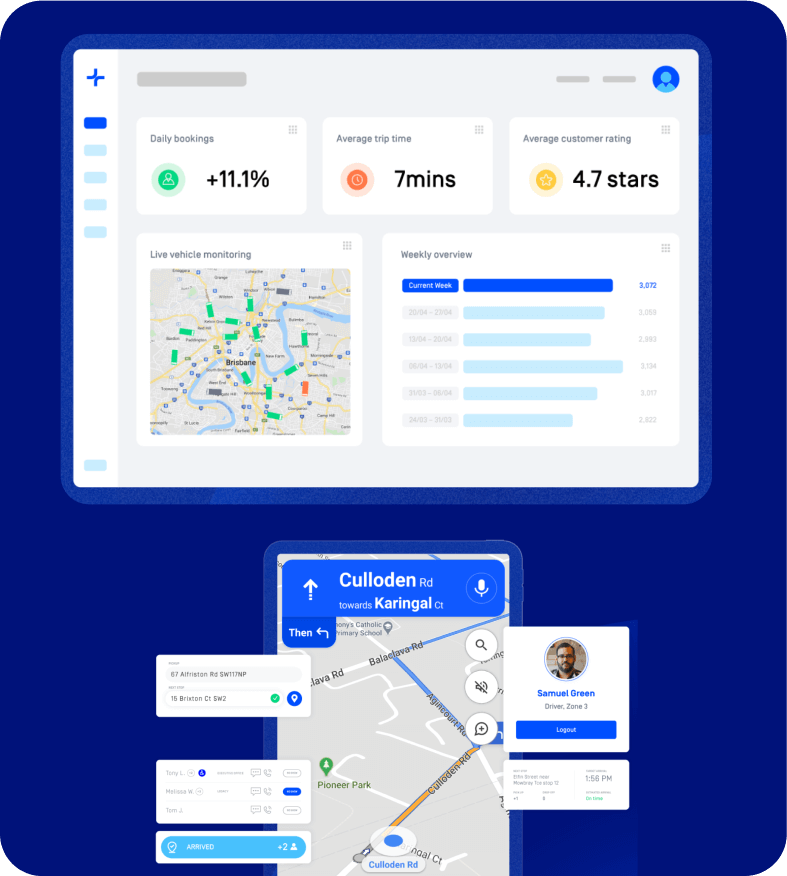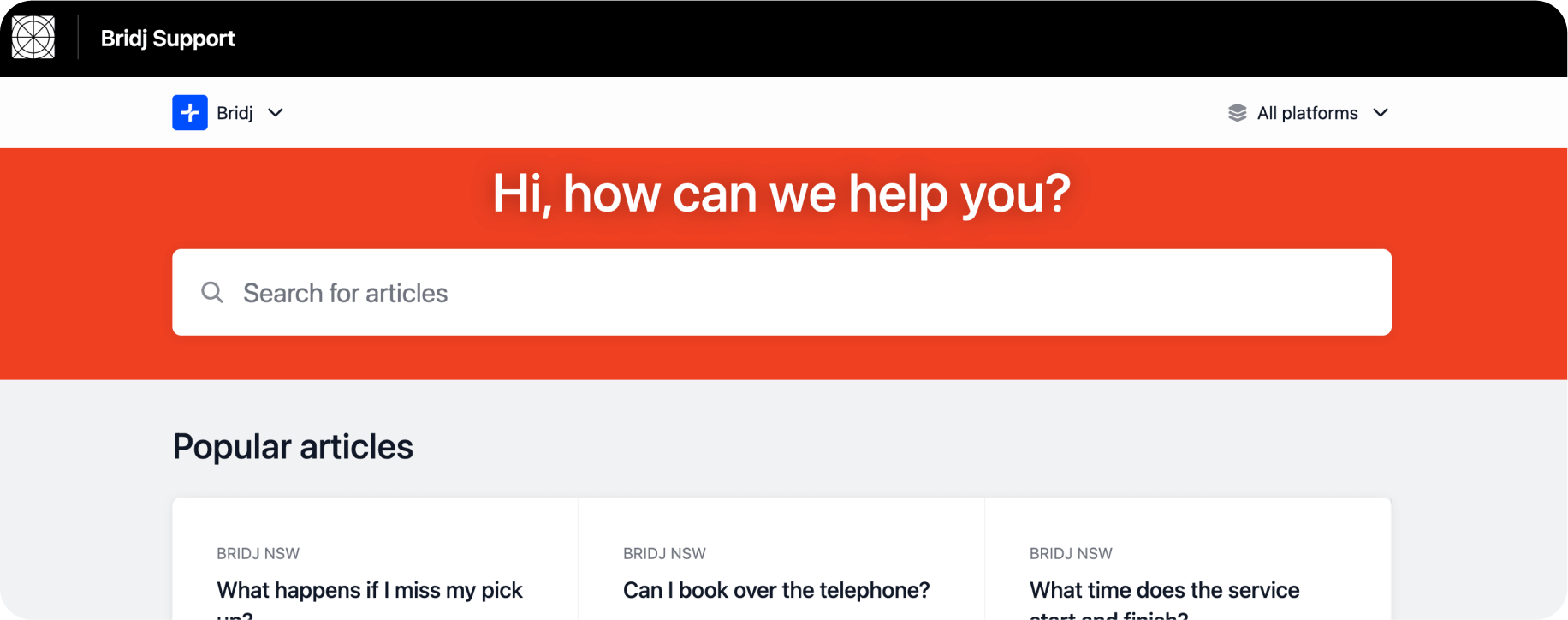Bridj, a booking and fleet management platform that helps you deliver better travel experiences for your passengers. They embarked on a transformative journey to redefine customer support and leverage it as a pivotal growth catalyst. With an innovative vision led by Melinda Rosenberg, the Customer Service Manager at Bridj, the organization sought to navigate the challenges of rapid growth, customer engagement, and cost management effectively. This case study delves into Bridj’s strategic collaboration with Helpshift, highlighting the dynamic shift from traditional support mechanisms to a streamlined, revenue-generating customer service model.



